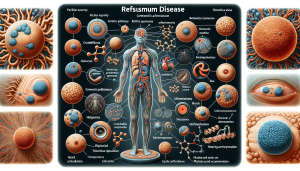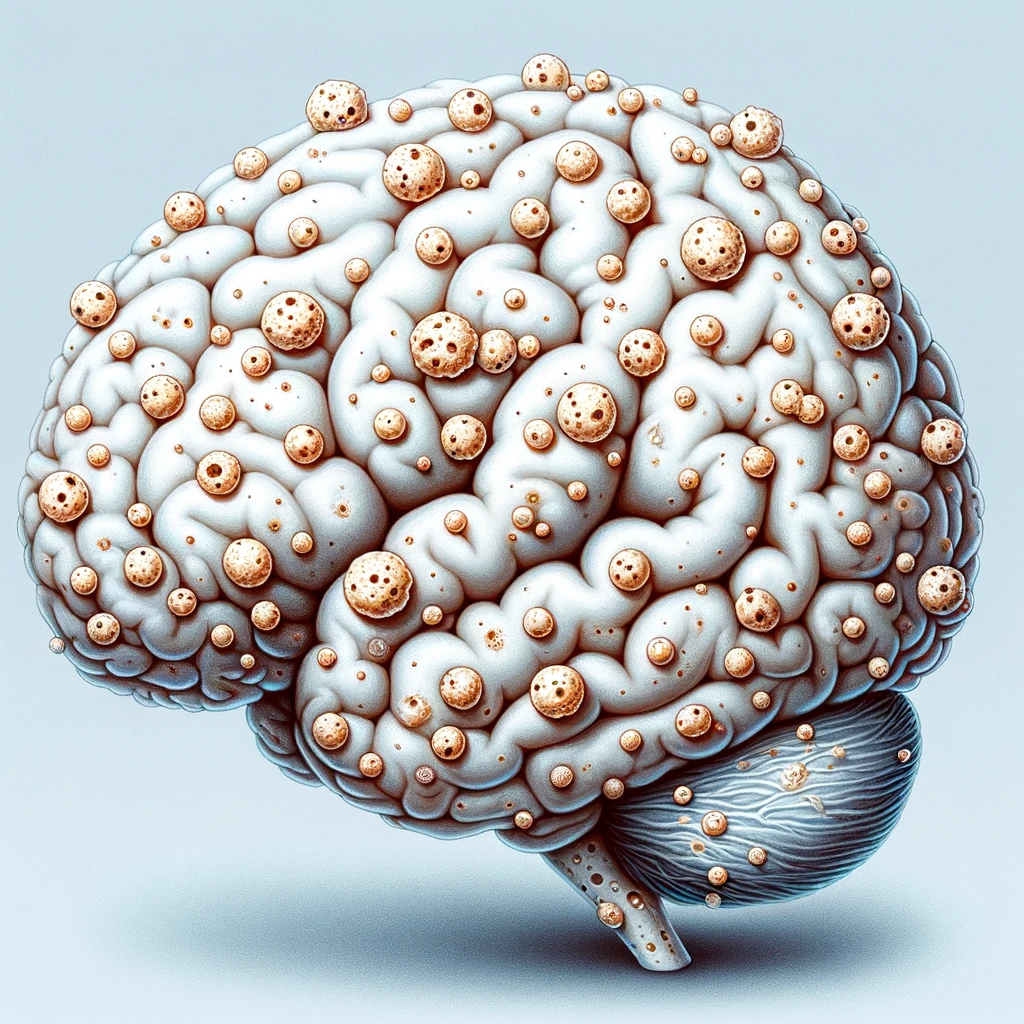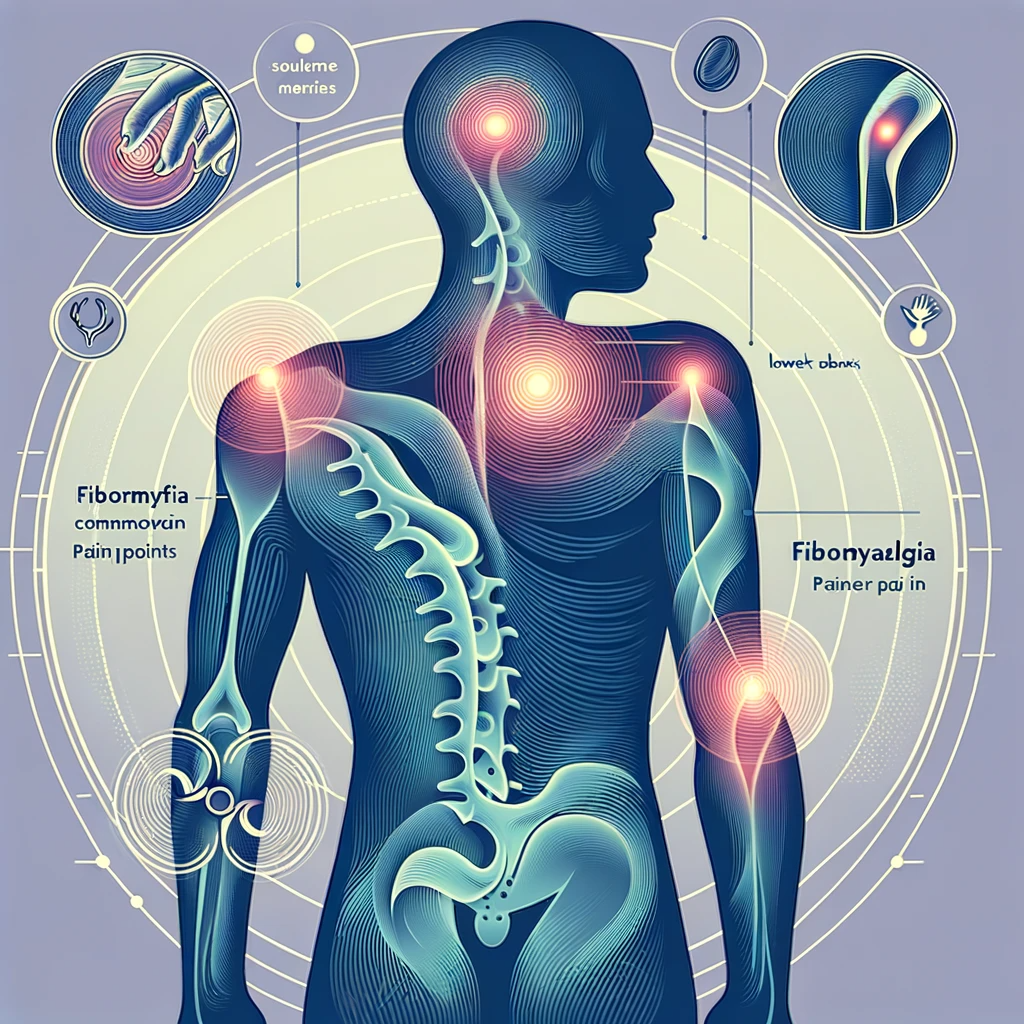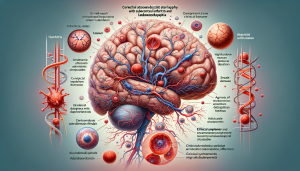Abstract
Refsum Disease is a rare genetic disorder characterized by the accumulation of phytanic acid in the body, leading to a range of neurological and systemic symptoms. This review provides an in-depth analysis of its pathophysiology, clinical manifestations, diagnostic criteria, and current therapeutic approaches.
Introduction
Refsum Disease, a type of hereditary motor and sensory neuropathy, results from the inability to metabolize phytanic acid, a type of fatty acid found in the diet. This condition, typically presenting in childhood or adolescence, is notable for its unique metabolic etiology and varied clinical presentation.
Pathophysiology
The disease arises from mutations in the PHYH or PEX7 genes, leading to impaired function of the enzymes phytanoyl-CoA hydroxylase or peroxin 7, respectively. This impairment results in the accumulation of phytanic acid in tissues and plasma, causing damage to cells and tissues, particularly in the nervous system, eyes, and skin.
Clinical Spectrum
Refsum Disease is characterized by a variety of symptoms, including:
- Peripheral Neuropathy: Nerve damage leading to weakness, numbness, and pain in the extremities.
- Retinitis Pigmentosa: Progressive vision loss due to retinal degeneration.
- Cerebellar Ataxia: Coordination and balance difficulties.
- Hearing Loss and Olfactory Impairment: Affecting the senses of hearing and smell.
- Cardiac Arrhythmias: Irregular heart rhythms due to cardiac involvement.
Diagnostic Approach
Diagnosis is based on clinical assessment, elevated phytanic acid levels in the blood, and genetic testing to identify mutations in the PHYH or PEX7 genes. Imaging and electrophysiological studies aid in evaluating the extent of neurological involvement.
Treatment Options
The primary treatment for Refsum Disease is dietary restriction of phytanic acid, found in foods like dairy products, fatty fish, and certain meats. Plasmapheresis can be used to reduce phytanic acid levels in severe cases. Symptomatic treatments address specific manifestations, such as physical therapy for neuropathy and supportive care for visual and auditory impairments.
Prognosis and Future Directions
With early diagnosis and management, individuals with Refsum Disease can lead long, productive lives, although they may experience varying degrees of disability. Ongoing research focuses on better understanding the disease mechanism and exploring novel therapeutic strategies, including gene therapy.
Conclusion
Refsum Disease represents a unique intersection of metabolic and neurological pathology. Effective management requires a multidisciplinary approach, emphasizing dietary modification, symptomatic treatment, and regular monitoring of phytanic acid levels.









